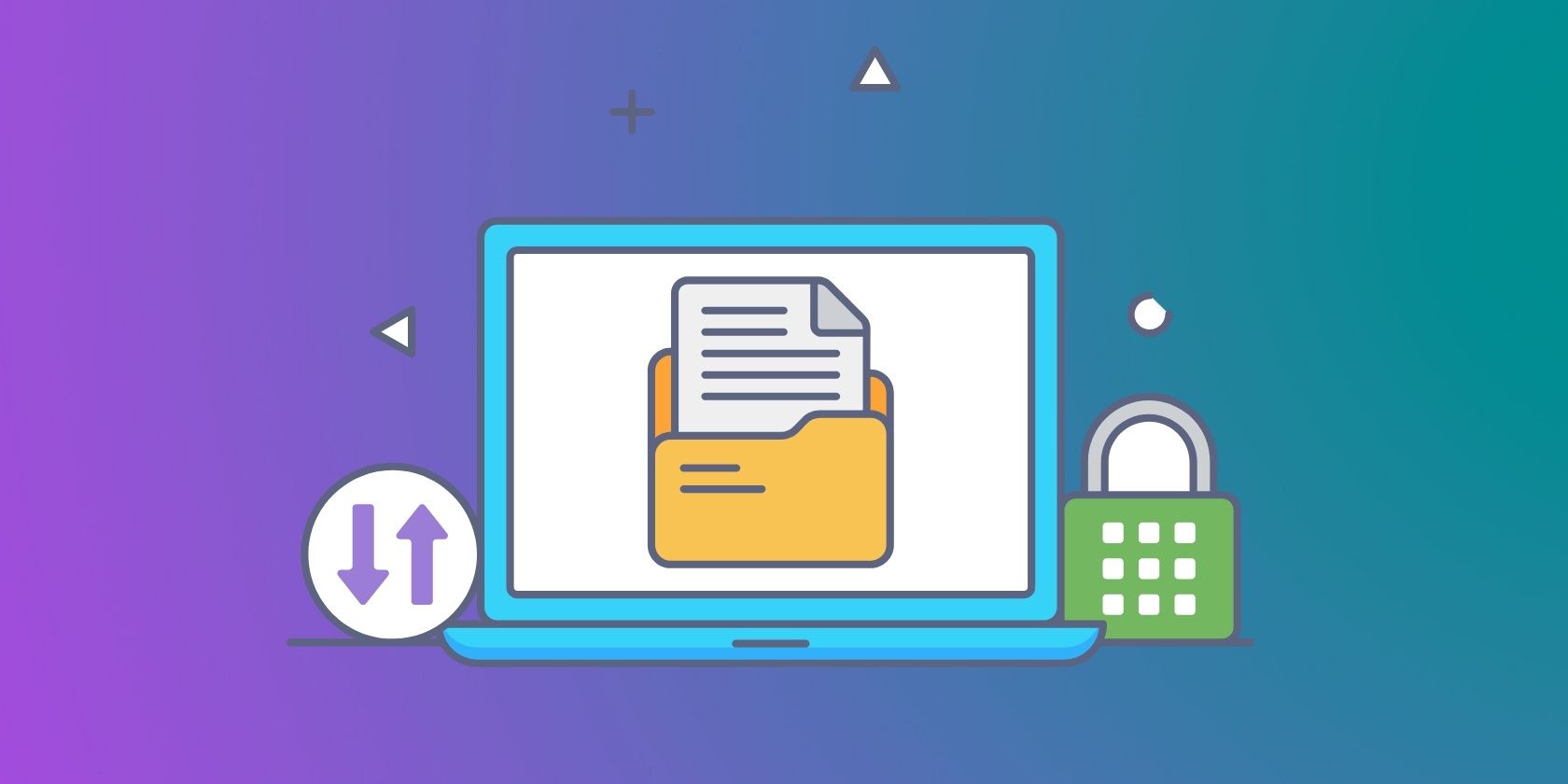
Revolutionizing Paperwork: The Dawn of Smart Document Handling

Revolutionizing Paperwork: The Dawn of Smart Document Handling
IDP Is Dead, Long Live IDP!
Maxime Vermeir
January 18, 2023
“IDP is Dead, Long Live IDP” – a phrase that echoes the sentiment of transformation and continuity. Just as in the historical proclamation ‘The King is Dead, Long Live the King,’ we are witnessing a pivotal moment in the realm of intelligent document processing (IDP). This isn’t the end; it’s a rebirth, a metamorphosis into something more potent and significant for the future of AI (artificial intelligence).
The evolution of intelligent document processing (IDP)
In the heart of this transformation lies a technology we’ve known for decades – optical character recognition (OCR). Once a straightforward tool for digitizing text, OCR now plays a vital role in training large language models (LLMs) with high-quality data. This evolution from a simple text conversion tool to a sophisticated data provider illustrates the adaptability and enduring relevance of IDP technologies. The old IDP is paving the way for a new era where precision and context are paramount.
Real-world applications and challenges
Today’s OCR isn’t just about reading text; it’s about understanding it in its entirety. Businesses demand higher accuracy and deeper data insights, which necessitates IDP technologies to be more advanced and nuanced. However, this evolution isn’t without challenges. The balance between accuracy and contextual understanding becomes crucial. How do we ensure that the data fed into AI systems isn’t just accurate, but also contextually relevant?
The future of intelligent document processing (IDP)
The future of IDP lies in its ability to not only evolve, but to revolutionize the way we think about data and AI. It’s about creating systems that don’t just process documents but understand them, extracting not just data but insights. This new IDP will be the cornerstone in the ever-evolving landscape of AI, a critical component in building more intelligent, efficient, and intuitive systems.
The inner workings of modern IDP
As we embrace this new era of IDP, it’s crucial to understand the technological advancements driving this transformation. The core of modern intelligent document processing lies in its integration with advanced AI techniques, particularly in the realm of machine learning and natural language processing.
Enhanced optical character recognition (OCR) through large language models (LLMs)
Traditional OCR systems relied heavily on predefined templates and rigid rule-based systems. However, with the infusion of machine learning, OCR technology has transcended these limitations. Today’s OCR systems are equipped with deep learning algorithms and large language models (LLMs), enabling them to learn from a vast array of document formats and styles. This adaptability allows for higher accuracy in data extraction, even from complex or low-quality documents.
Contextual understanding with natural language processing (NLP)
The integration of natural language processing (NLP) takes IDP a step further. It’s no longer about merely extracting text; it’s about understanding the context behind it. NLP algorithms analyze the extracted text for semantic meaning, enabling systems to interpret the data in much the same way a human would. This capability is pivotal in transforming raw data into actionable insights.
Continuous learning and adaptation
The beauty of modern IDP systems lies in their ability to continuously learn and improve. By incorporating feedback loops, these systems can refine their algorithms, adapt to new document types, and enhance their accuracy over time. This ongoing learning process ensures that IDP remains relevant and effective, even as the types and formats of documents evolve.
The role of high-quality data when training large language models (LLMs)
Understanding how LLMs like GPT-4, Claude, Llama, and others are trained with IDP-derived data reveals the symbiotic relationship between these technologies. Here’s a breakdown of the process:
Data collection and preprocessing
The journey begins with data collection, where IDP systems like OCR scan and digitize textual data from various documents. This data, however, often contains inconsistencies, errors, or variations. Preprocessing steps, including noise reduction, normalization, and error correction, are crucial to ensure the quality and uniformity of the data.
Data structuring and annotation
Once the data is preprocessed, it needs to be structured and annotated. This involves categorizing the data, tagging it with metadata, and providing contextual annotations. This step is vital for LLMs to understand not just the data, but the context and nuances within it.
Feeding data into LLMs
The prepared data is then fed into the training algorithms of the LLMs. These algorithms, using techniques like deep learning and neural networks, analyze and learn from the data. The goal is for the language model to understand language patterns, context, and semantics, essentially learning how to ‘speak’ and ‘understand’ human language.
Training and fine-tuning
The training process involves exposing the LLM to vast amounts of data, allowing it to learn and adapt. This phase is iterative, with continuous adjustments and fine-tuning based on the LLM’s performance. The quality of the IDP data directly impacts the LLM’s ability to generate accurate, relevant, and coherent text.
Validation and testing
Once trained, the LLM undergoes rigorous testing and validation. This includes checking its ability to understand and generate language across different domains, styles, and formats. The feedback from this phase feeds back into the training loop, further refining the LLM’s capabilities.
Dawn of a new era
The proclamation ‘IDP is Dead, Long Live IDP’ is not a contradiction, rather a testament to the resilient and evolving nature of technology. What we knew as IDP has transformed, and in its place stands a more advanced, more integral part of the AI ecosystem. It’s a thrilling time to be part of this journey, witnessing the dawn of a new era in intelligent document processing and artificial intelligence.
Learn why ABBYY is named a leader in IDP for the fourth consecutive year and download the report by Everest Group . ABBYY Vantage is the industry’s only low-code / no-code IDP platform that integrates into any intelligent automation platform. Accelerate your automation journey with pre-trained AI skills, schedule a Vantage demo .
Learn more about ABBYY Vantage

Maxime Vermeir
Senior Director of AI Strategy
With a decade of experience in product and technology, Maxime Vermeir is an entrepreneurial professional with a passion for creating exceptional customer experiences. As a leader, he has managed global teams of innovation consultants and led large enterprises’ transformation initiatives. Creating insights into new technologies and how they can drive higher customer value is a key point in Maxime’s array of Subject Matter Expertise. He is a trusted advisor and thought leader in his field, guiding market awareness for ABBYY ‘s technologies.
Connect with Max on LinkedIn .
Subscribe for blog updates
First name*
E-mail*
Сountry*
СountryAfghanistanAland IslandsAlbaniaAlgeriaAmerican SamoaAndorraAngolaAnguillaAntarcticaAntigua and BarbudaArgentinaArmeniaArubaAustraliaAustriaAzerbaijanBahamasBahrainBangladeshBarbadosBelgiumBelizeBeninBermudaBhutanBoliviaBonaire, Sint Eustatius and SabaBosnia and HerzegovinaBotswanaBouvet IslandBrazilBritish Indian Ocean TerritoryBritish Virgin IslandsBrunei DarussalamBulgariaBurkina FasoBurundiCambodiaCameroonCanadaCape VerdeCayman IslandsCentral African RepublicChadChileChinaChristmas IslandCocos (Keeling) IslandsColombiaComorosCongo (Brazzaville)Congo, (Kinshasa)Cook IslandsCosta RicaCroatiaCuraçaoCyprusCzech RepublicCôte d’IvoireDenmarkDjiboutiDominicaDominican RepublicEcuadorEgyptEl SalvadorEquatorial GuineaEritreaEstoniaEthiopiaFalkland Islands (Malvinas)Faroe IslandsFijiFinlandFranceFrench GuianaFrench PolynesiaFrench Southern TerritoriesGabonGambiaGeorgiaGermanyGhanaGibraltarGreeceGreenlandGrenadaGuadeloupeGuamGuatemalaGuernseyGuineaGuinea-BissauGuyanaHaitiHeard and Mcdonald IslandsHoly See (Vatican City State)HondurasHong Kong, SAR ChinaHungaryIcelandIndiaIndonesiaIraqIrelandIsle of ManIsraelITJamaicaJapanJerseyJordanKazakhstanKenyaKiribatiKorea (South)KuwaitKyrgyzstanLao PDRLatviaLebanonLesothoLiberiaLibyaLiechtensteinLithuaniaLuxembourgMacao, SAR ChinaMacedonia, Republic ofMadagascarMalawiMalaysiaMaldivesMaliMaltaMarshall IslandsMartiniqueMauritaniaMauritiusMayotteMexicoMicronesia, Federated States ofMoldovaMonacoMongoliaMontenegroMontserratMoroccoMozambiqueMyanmarNamibiaNauruNepalNetherlandsNetherlands AntillesNew CaledoniaNew ZealandNicaraguaNigerNigeriaNiueNorfolk IslandNorthern Mariana IslandsNorwayOmanPakistanPalauPalestinian TerritoryPanamaPapua New GuineaParaguayPeruPhilippinesPitcairnPolandPortugalPuerto RicoQatarRomaniaRwandaRéunionSaint HelenaSaint Kitts and NevisSaint LuciaSaint Pierre and MiquelonSaint Vincent and GrenadinesSaint-BarthélemySaint-Martin (French part)SamoaSan MarinoSao Tome and PrincipeSaudi ArabiaSenegalSerbiaSeychellesSierra LeoneSingaporeSint Maarten (Dutch part)SlovakiaSloveniaSolomon IslandsSouth AfricaSouth Georgia and the South Sandwich IslandsSouth SudanSpainSri LankaSurinameSvalbard and Jan Mayen IslandsSwazilandSwedenSwitzerlandTaiwan, Republic of ChinaTajikistanTanzania, United Republic ofThailandTimor-LesteTogoTokelauTongaTrinidad and TobagoTunisiaTurkeyTurks and Caicos IslandsTuvaluUgandaUkraineUnited Arab EmiratesUnited KingdomUnited States of AmericaUruguayUS Minor Outlying IslandsUzbekistanVanuatuVenezuela (Bolivarian Republic)Viet NamVirgin Islands, USWallis and Futuna IslandsWestern SaharaZambiaZimbabwe
I have read and agree with the Privacy policy and the Cookie policy .
I agree to receive email updates from ABBYY Solutions Ltd. such as news related to ABBYY Solutions Ltd. products and technologies, invitations to events and webinars, and information about whitepapers and content related to ABBYY Solutions Ltd. products and services.
I am aware that my consent could be revoked at any time by clicking the unsubscribe link inside any email received from ABBYY Solutions Ltd. or via ABBYY Data Subject Access Rights Form .
Referrer
Last name
Query string
Product Interest Temp
UTM Campaign Name
UTM Medium
UTM Source
ITM Source
GA Client ID
UTM Content
GDPR Consent Note
Captcha Score
Page URL
Connect with us
Also read:
- [New] Attracting Watchers Discover the Top 6 Video Types
- [New] Breaking the Ice with Instagram's Interactive Audience Queries for 2024
- [New] The Most Crucial Info for New YouTube TV Users
- 如何在 Windows/Mac/Android/iPhone上取得穩定影片效果的技巧
- Copy-Protected DVD/BDをImgBurnで正常にコピーするためのエラー解決方法
- Duplication De Films en DVD Vers Disque Dur Sous Windows 11, 10 Et 7 - Tutoriel Détaillé
- Full Guide to Fix iToolab AnyGO Not Working On Lava Yuva 3 Pro | Dr.fone
- Herausragende DVD-Kopieranleitung Für Windows 10 & macOS – Perfekt Funktioniert
- In 2024, How to Track Honor 100 Location by Number | Dr.fone
- Navigating the World of Social Media with a Focused Brand
- Resolving Windows Activation Error 0X8007251D: A Step-by-Step Guide
- Top No-Cost DVD Flick Substitutes for Windows 11, 10 & Earlier Versions
- Transformer Gratuitement Un Fichier WebM en Format MP4 - Conversion Facile Avec Movavi
- WinX MediaTrans - iPhone/iPad/iPodのデータ管理・バックアップソフト!PCとシンプルなデータ転送が可能で、Windows(10)に対応。公式版
- WinXDVD 소프트웨어를 사용하여 원품을 만들기 위한 전문가 지침
- Title: Revolutionizing Paperwork: The Dawn of Smart Document Handling
- Author: Larry
- Created at : 2024-09-28 16:33:11
- Updated at : 2024-09-30 17:15:50
- Link: https://discover-alternatives.techidaily.com/revolutionizing-paperwork-the-dawn-of-smart-document-handling/
- License: This work is licensed under CC BY-NC-SA 4.0.